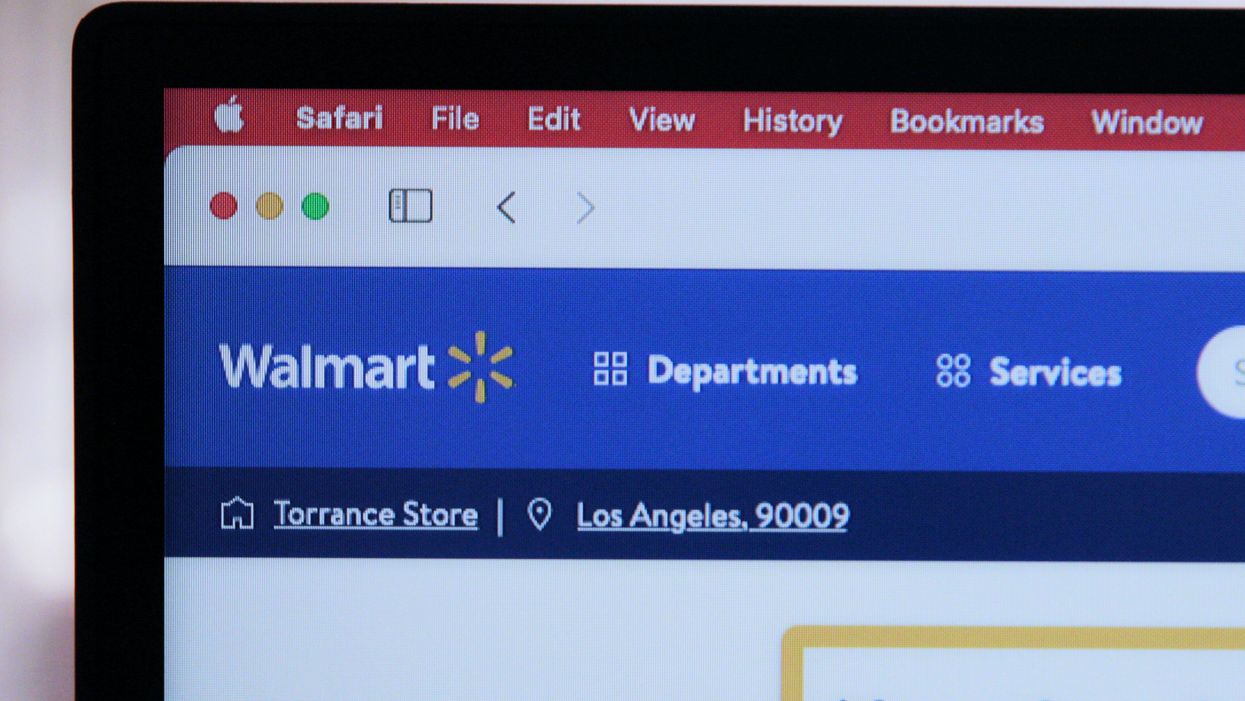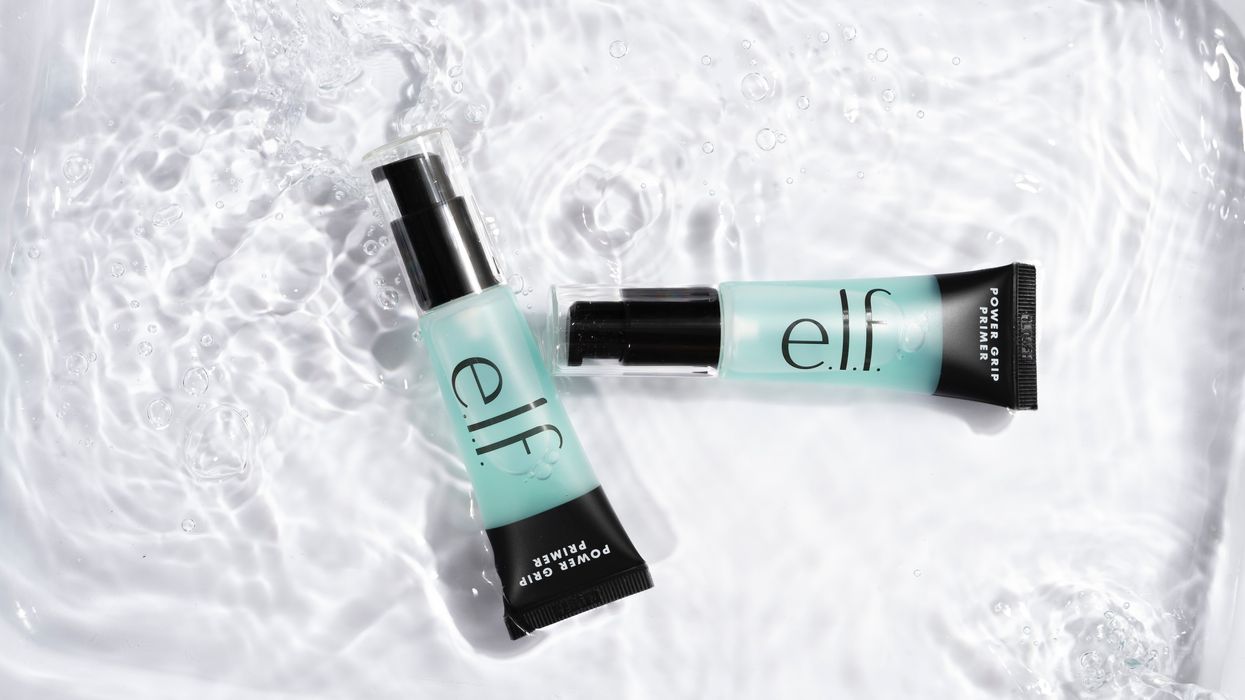Walmart broke out advertising revenue for the first time during its latest quarterly earnings report as leaders underscored the change that has taken place in the business over the last two years.
The company said its advertising business earned $2.1 billion in revenue in 2021, and said the number of advertisers on its retail media platform, called Walmart Connect, grew 130% year-over-year.
“We expect Walmart Connect to continue to scale over the next few years, with plans to become a top 10 ad business in the mid-term,” said CFO Brett Biggs.
The move to share advertising figures follows a similar disclosure by Amazon, which revealed it had a $31 billion advertising business, which is more revenue than YouTube.
While not as large as Amazon, Walmart’s advertising business is similarly tied he company’s ecommerce activities. McMillon said the growth of the advertising business will follow as the company’s ecommerce business expands. The earnings report showed that the Walmart US ecommerce business grew 11% in 2021 and 90% on a two-year stack.
“We've got a business that's becoming increasingly digital,” said CEO Doug McMillon. “The ecommerce business, first-party, third-party is growing. It gives us the opportunity to grow advertising income. It's grown at a fast rate, and it's growing across markets.”
When it comes to third party, the company added 20,000 new sellers to Marketplace in the US last year, and expects to add nearly 40,000 in 2022.
With the growth of ecommerce, Walmart’s stores are increasingly becoming “hybrid,” as they serve both the in-person experience and ecommerce business.
“The stores are stores, but they also act as fulfillment centers…So this ability to interact with customers digitally is important. Our workforce is becoming more digital,” Walmart US CEO John R. Furner said. “We've got over 1 million associates who have a device in their hands from the minute they walk in until they leave. So that’s saving them time.”
The company also has a subscription offering called Walmart+, and is expanding both in-home and last-mile community delivery service, the latter of which will grow from 1,000 to 5,000 pickup points this year.
“Having inventory so close to so many customers is a competitive advantage. In some cases, we're getting items to customers in hours, rather than days,” McMillon told analysts.
From Your Site Articles
Related Articles Around the Web












